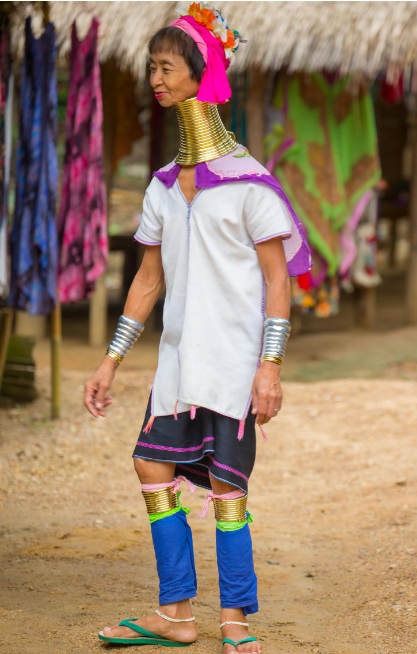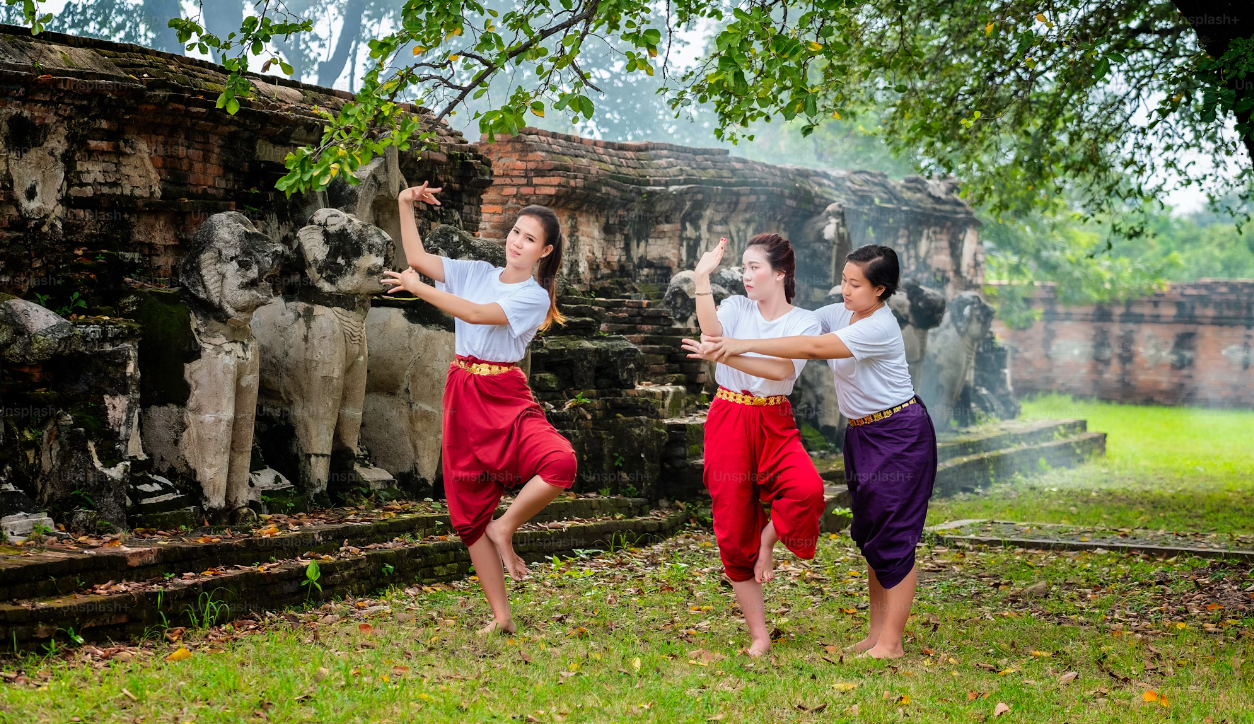B
Bangkok
C
Chiang Mai
P
Phuket
K
Krabi
A
Ayutthaya
K
Kanchanaburi
K
Khao Yai National Park
S
Sukhothai
K
Koh Samui
P
Pai

Scientific
Education
C
Chulalongkorn University
M
MahidolUniversity
K
KasetsartUniversity
T
Thammasat University
C
Chiang MaiUniversity
K
King Mongkut’s University of Technology Thonburi
B
BangkokUniversity
S
Srinakharinwirot University
These universities offer many courses in English and have international programs for international students. Some of the best courses in Thailand include business and management, engineering, medicine, hospitality and tourism, and computer science.
Thailand
Cultures

Culture
History

Culture
Religions
Thailand is a country known for its Buddhist culture, as around 94% of its population practices Theravada Buddhism, followed by approximately 4.8% Muslims, 0.7% Christians, and 0.5% others. Buddhist monks are highly respected in Thailand, and their livelihoods are guaranteed by the Thai government.
Theravada Buddhism itself believes in traditional cultures such as ancestral spirits and spirits from nature that are incorporated into the Buddhist cosmology. Thai Buddhist communities usually pray in temples, one of which is Wat Phra Kaew. They also prepare offerings of food and drinks for the spirits in their homes because they believe that there are living spirits that protect their homes. By making offerings to the spirits, they believe that their lives will improve and bring good luck.
Conversely, if they make the spirits unhappy, their lives will become chaotic.
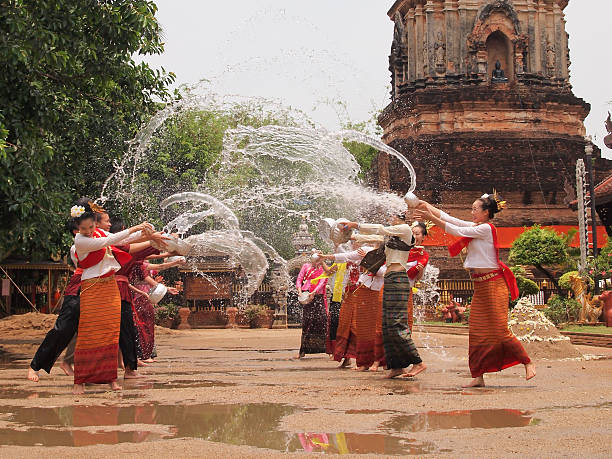

Culture
Festivals

Culture
SPorts
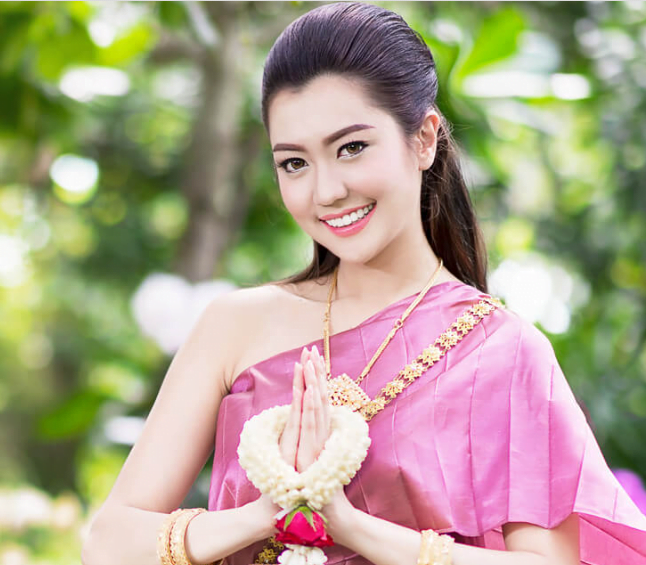
Culture
greetings
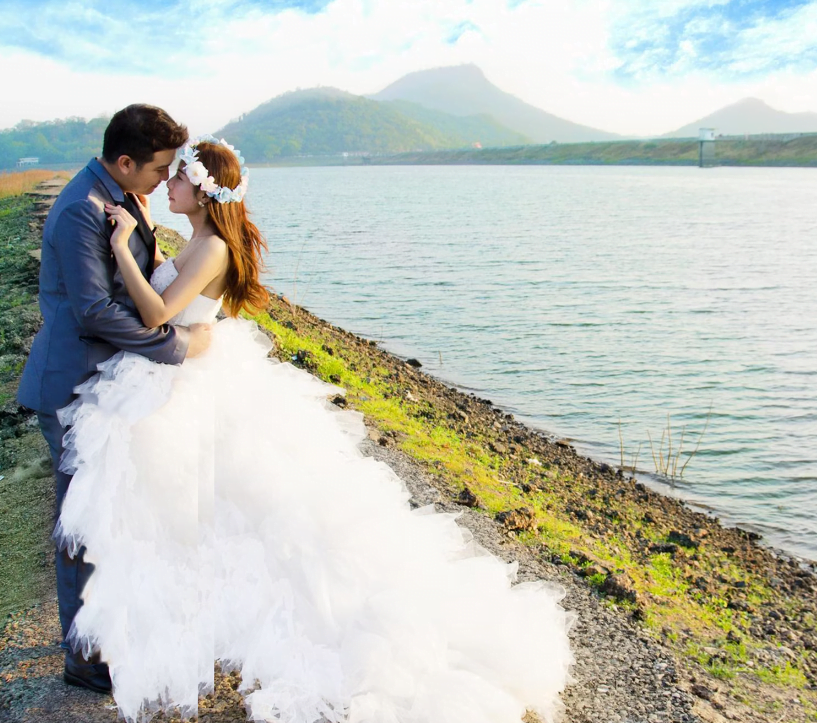
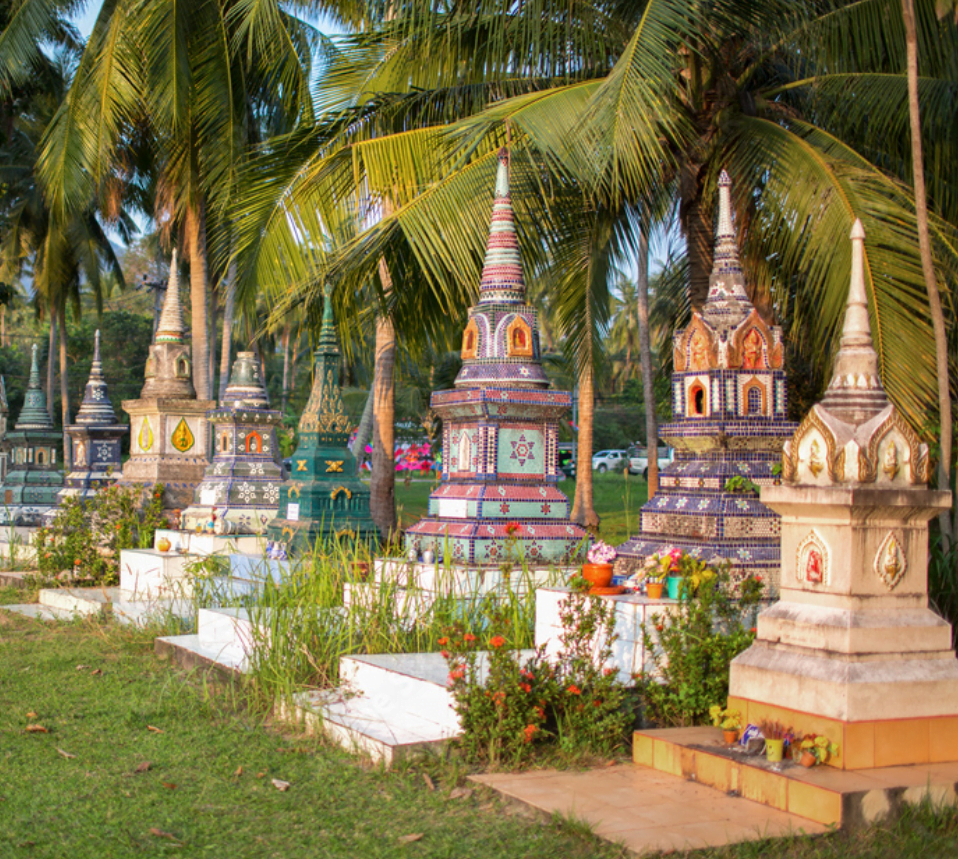
Culture
Ceremonies
Weddings
Thailand has a rich and colorful wedding culture, which varies depending on the region and the religious or cultural background of the couple. However, there are some common elements that are present in most Thai wedding ceremonies.One of the most important aspects of a Thai wedding is the “sinsod” or dowry. The sinsod is a payment made by the groom’s family to the bride’s family as a gesture of gratitude and respect. The amount of the sinsod is negotiated between the two families and can range from a few thousand baht to millions of baht. Another key aspect of a Thai wedding is the “khan mak” or engagement ceremony. This ceremony involves the exchange of rings and the formal announcement of the engagement. The khan mak ceremony is usually held several months before the wedding and is an opportunity for the families to get to know each other better. The actual wedding ceremony typically takes place in a temple or a venue that is decorated with flowers and other decorations. The ceremony usually begins with a traditional procession, during which the groom and his entourage make their way to the bride’s house. The procession is accompanied by music and dancing and is meant to symbolize the groom’s journey to claim his bride. Once the groom and his entourage arrive at the bride’s house, the couple exchange vows and rings. The ceremony is presided over by a monk or a respected elder, who offers blessings and words of wisdom to the couple. After the wedding ceremony, there is typically a reception, during which the couple and their guests celebrate with food, music, and dancing. The reception is usually a lively and festive affair, and often includes traditional Thai dishes such as curry, noodles, and sticky rice. Overall, a Thai wedding is a beautiful and meaningful event that celebrates the union of two families and the start of a new chapter in the couple’s lives. Burials In Thailand, burial customs vary depending on the religious beliefs and cultural practices of the individual or family. However, the majority of the population follows Buddhist customs and traditions. In Buddhism, death is seen as a natural part of the cycle of life, and the body is considered a vessel that has no value after death. Therefore, traditional Buddhist funerals in Thailand often involve cremation rather than burial. The body is typically placed in a simple wooden or cardboard coffin, and the funeral ceremony may include chanting and prayers by Buddhist monks. After the funeral ceremony, the body is taken to the crematorium, where it is burned in a cremation chamber. The ashes are then collected and placed in an urn, which is either kept by the family or placed in a temple or other sacred site. In some regions of Thailand, particularly in rural areas, burial is still practiced. The body is typically placed in a simple coffin and buried in a designated cemetery or family plot. Traditional Buddhist funeral rituals are often observed, including chanting and prayers by Buddhist monks. It is also common for Thai people to perform various rituals and ceremonies after the death of a loved one, such as making offerings of food and other items to the deceased’s spirit, and performing merit-making activities to accumulate good karma for the deceased. Overall, while burial customs in Thailand may vary depending on individual beliefs and practices, traditional Buddhist customs and rituals play an important role in honoring the dead and providing comfort to the bereaved.
